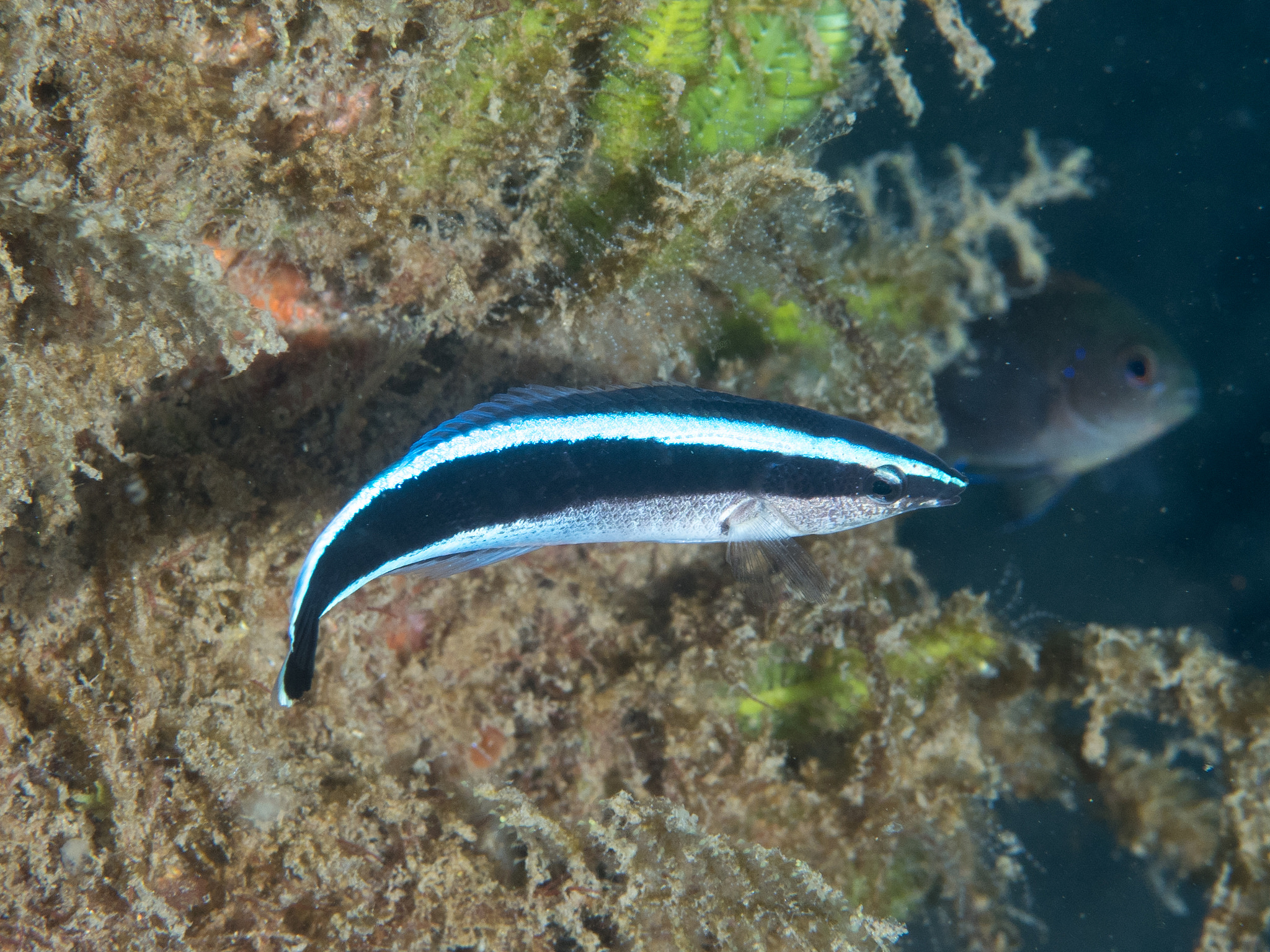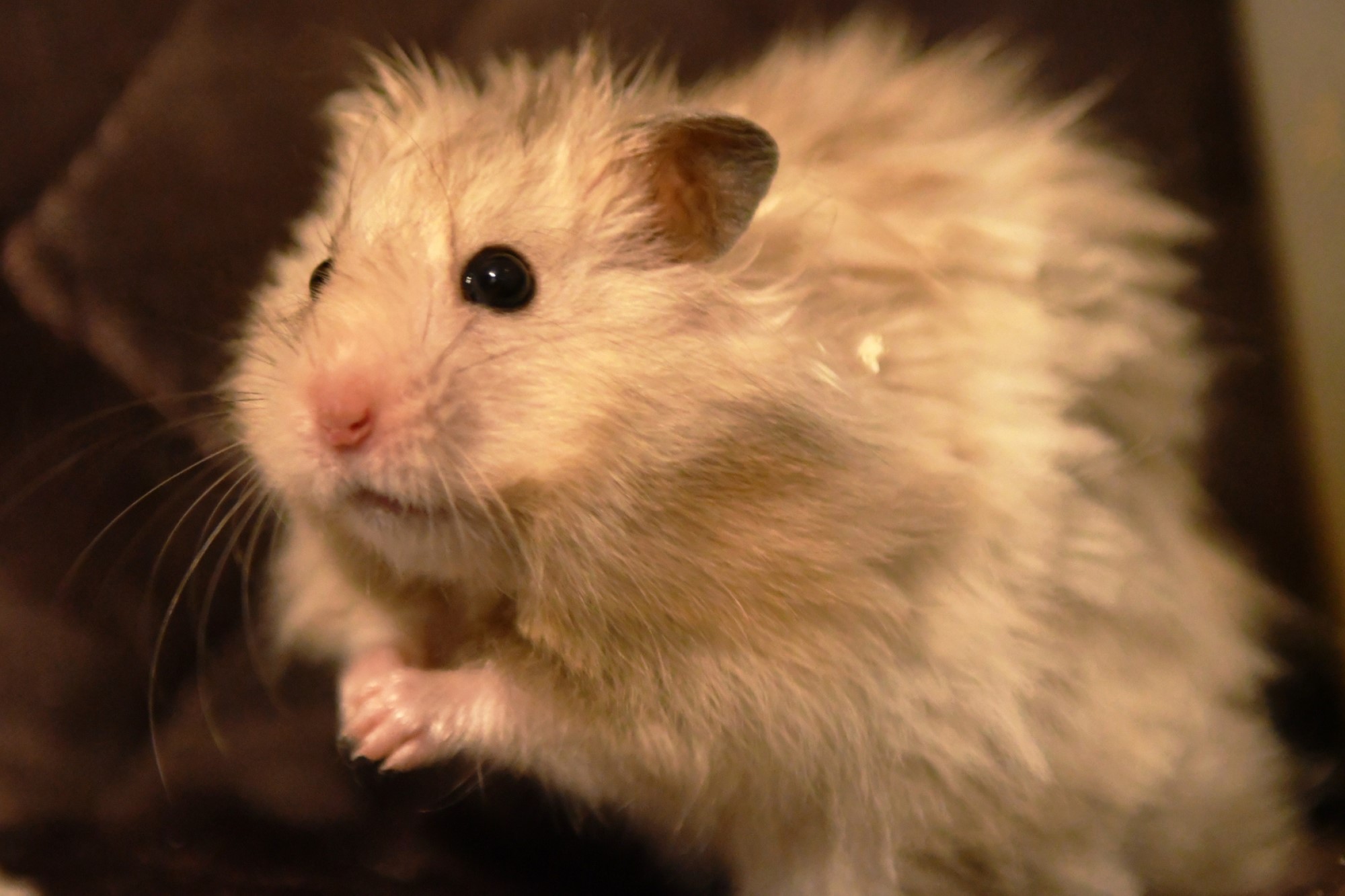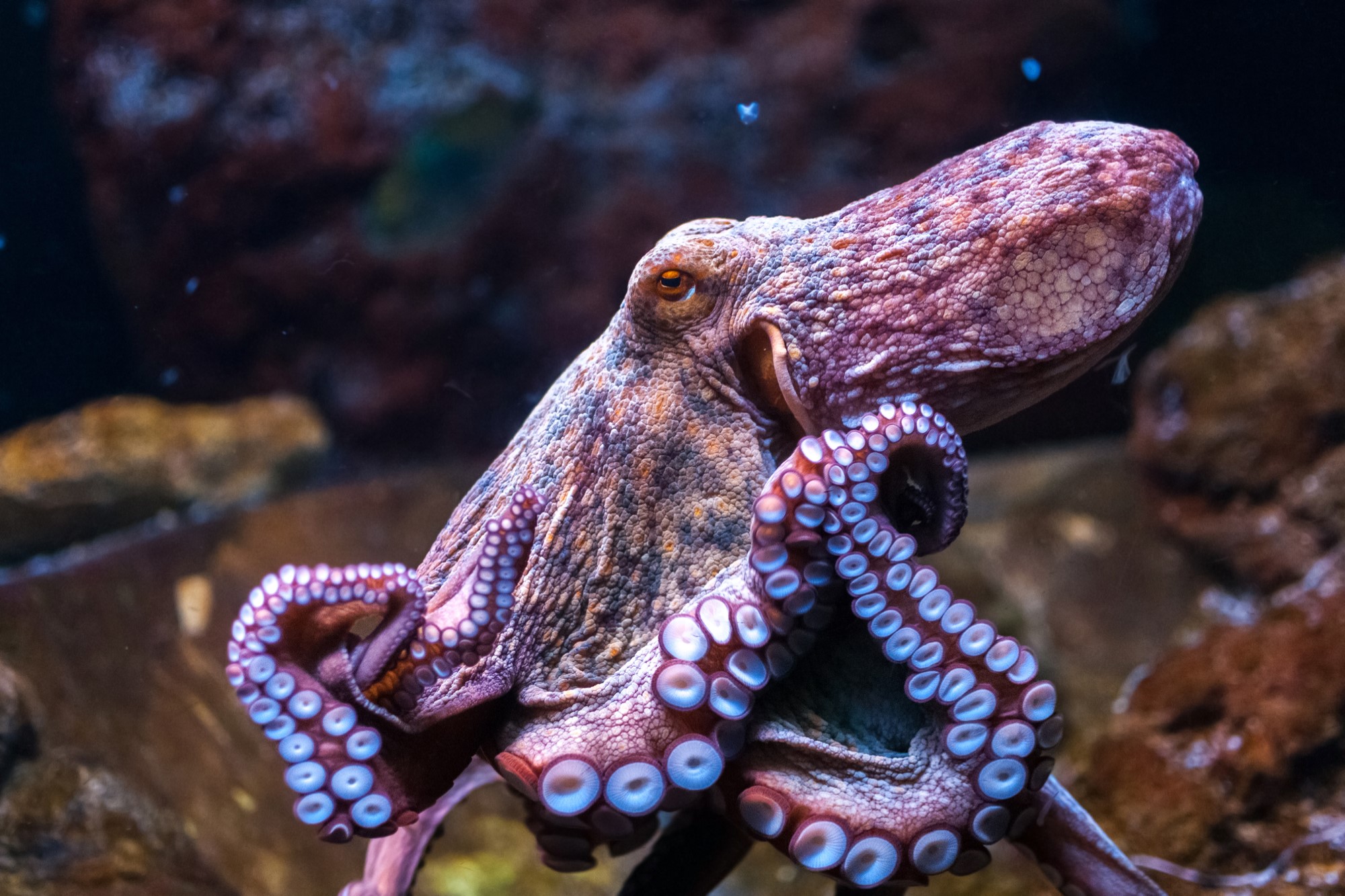Passing the Mirror Test and the Wrong of Pain
This article has a set of discussion questions tailored for classroom use. Click here to download them. To see a full list of articles with discussion questions and other resources, visit our “Educational Resources” page.
In mid-February, scientists announced progress in developing an understanding of consciousness. An international team collaborating in four countries discovered patterns of brain activity that coincide with awareness. Consciousness has long been a mystery, and there are many reasons to explore and figure it out. It seems like creatures who have some form of consciousness make up a special club, experiencing the world with more layers, perhaps with more complex agency, perhaps uniquely making up the moral community.
These potential steps forward in understanding our brain-based and embodied consciousness come alongside a purported broadening of the group of animals that scientists claim pass the mirror-test for self-awareness. As we try to put our fingers on what it means to be conscious, in the last century Western philosophers have become open to the idea that there is a rich arena of animal perspectives alongside our own. The variety of ways that we can imagine experiencing the world has grown with our study of human and non-human animal experiences. This has interesting implications for who we include in our understanding of our moral community and how we understand the ways we can harm these members.
Though it is pretty intuitive that causing harm is bad, explaining why can be notoriously difficult. One route is appealing to the negative experience of harm – primarily how bad experiencing pain is. This focus unites human and non-human animals that can feel pain into one morally relevant domain. If what is bad about causing harm is that it brings about this negative experience of pain, then we need to identify the sorts of creatures that experience pain and avoid bringing about those states without outweighing reasons. Thus, consciousness will be morally relevant insofar as it delineates those creatures that are in some way aware of their experiences.
There are two responses to this line of thinking. One direction argues that this grounding of the badness of causing harm is too narrow: there are harms that we don’t experience, so this understanding misses morally relevant behaviors. Another direction claims that this line of thinking is too broad: not all pain is morally relevant.
Consider the (false) common conception of the perspective of a goldfish, where their understanding of the world resets every 10 seconds. Would causing pain to a creature who would very quickly have no memory of it have the same moral relevance as causing pain to something that would incorporate it into its understanding of the world indefinitely? Take the faux-goldfish example to its conceptual extreme and imagine a creature that has the experience of pleasure and pain, but only has instantaneous experiences – it lacks memory. Presumably, it wouldn’t matter to the creature a moment after it felt pain that it felt pain a moment ago because it had no residual impact from the experience (unless prolonged damage was done). If you share this intuition, then something more than the mere experience of pain is involved in the morality of causing harm.
The way to make pain morally relevant is to focus on the perspective of the creature experiencing the pain – that there is such a perspective extended in time that experiencing the pain will impact. We can imagine the fear of a non-human animal in unfamiliar circumstances and consider the anxiety that may develop over time if it is continuously exposed to such circumstances. Such creatures have a sort of “self,” in the sense that their experience of the world develops their mode of interacting with the world and understanding of the world over time.
There is an even more advanced way of being a creature in the world beyond stringing experiences together in order to have a perspective extended in time: a creature can be aware that it has such a perspective by being aware that it is a self.
A key experiment to check the development of a self-concept is the mirror-test, where an animal has a mark placed on their body that they cannot see by moving their eyes. If, when they see the mark on a body in a mirror, they come to the conclusion that their own body has the mark, then they “pass” the mirror test because in order to come to such a conclusion the animal must use an implicit premise that they are a creature that could be so marked. The mirror-test is thus meant to indicate that an animal has self-awareness. It relies on a variety of competencies (vision and figuring out how mirrors work, for instance), but has long been thought to be sufficient for indicating that a creature is aware that it exists in the world.
Humans don’t pass the mirror test until they are toddlers, and only some primates also are able to pass the test, along with sundry birds and other mammals. However, this past year a tiny fish – the cleaner wrasse – seemed to pass the test. It is a social animal, considered to be relatively cognitively advanced, but the scientists who advocated for the results of the mirror-test suggest that while yes, this is a smart and advanced fish, this may not mean that it is self-aware. The success of the small fish has raised issues in how we test for morally relevant milestones in non-human animals.
One interesting facet of the mirror test is that animals that perform well are social, which is often a morally relevant trait. If morality is a matter of treated others with the sort of deference they are due, then a sort of sociality for members of the moral domain makes some sense.
In defining our moral community, most theorists include some non-human animals, and most consider it relevant to identify the way creatures experience the world. These latest advances in mapping consciousness and advancing our interpretation of self-awareness tests will help us understand the spectrum of relationships possible in the animal world.





